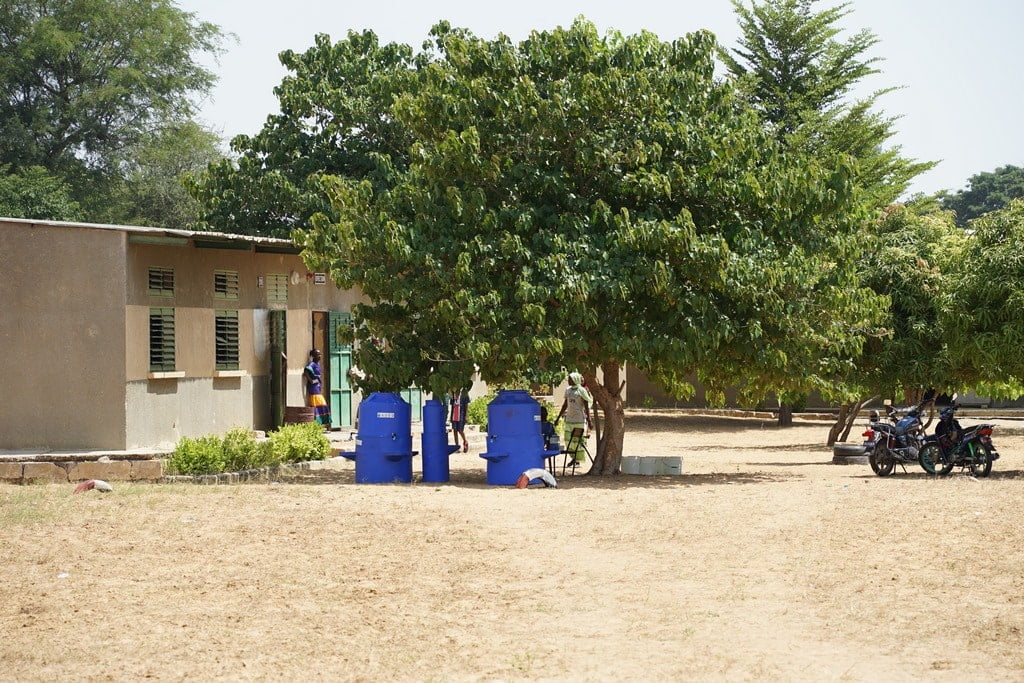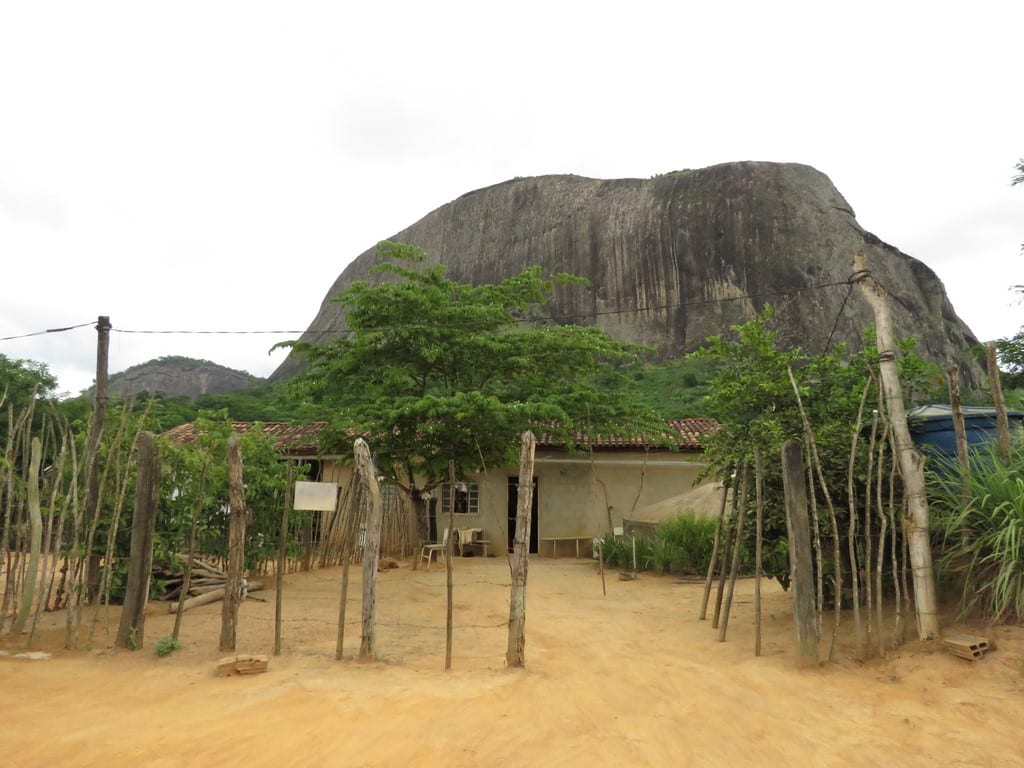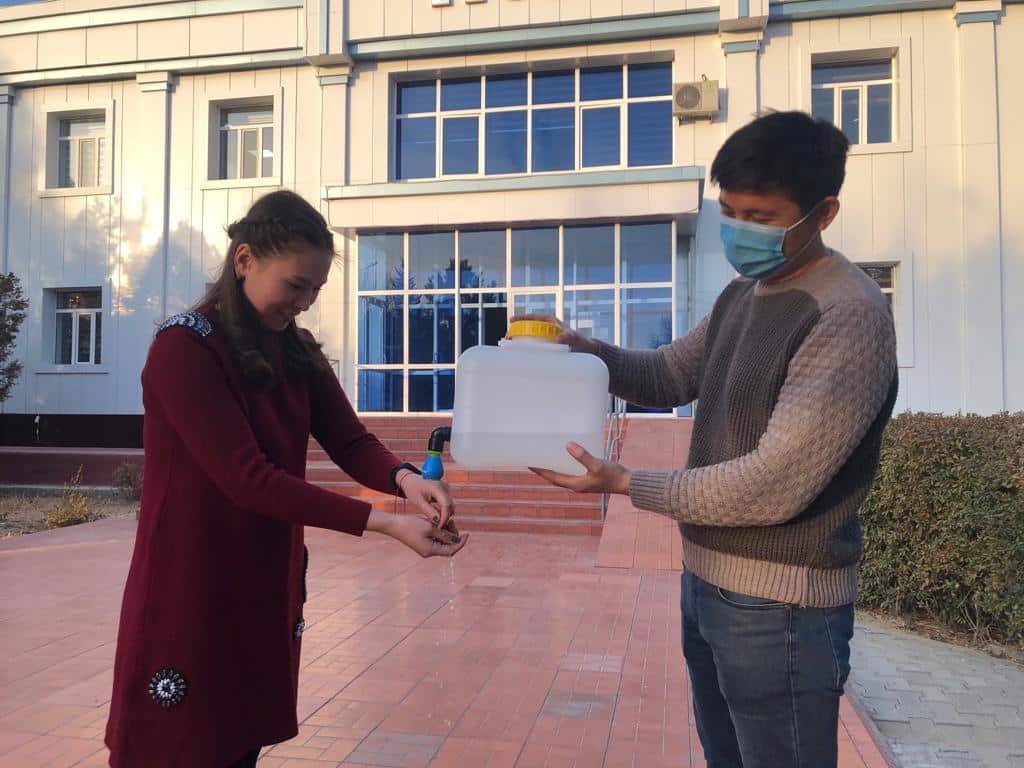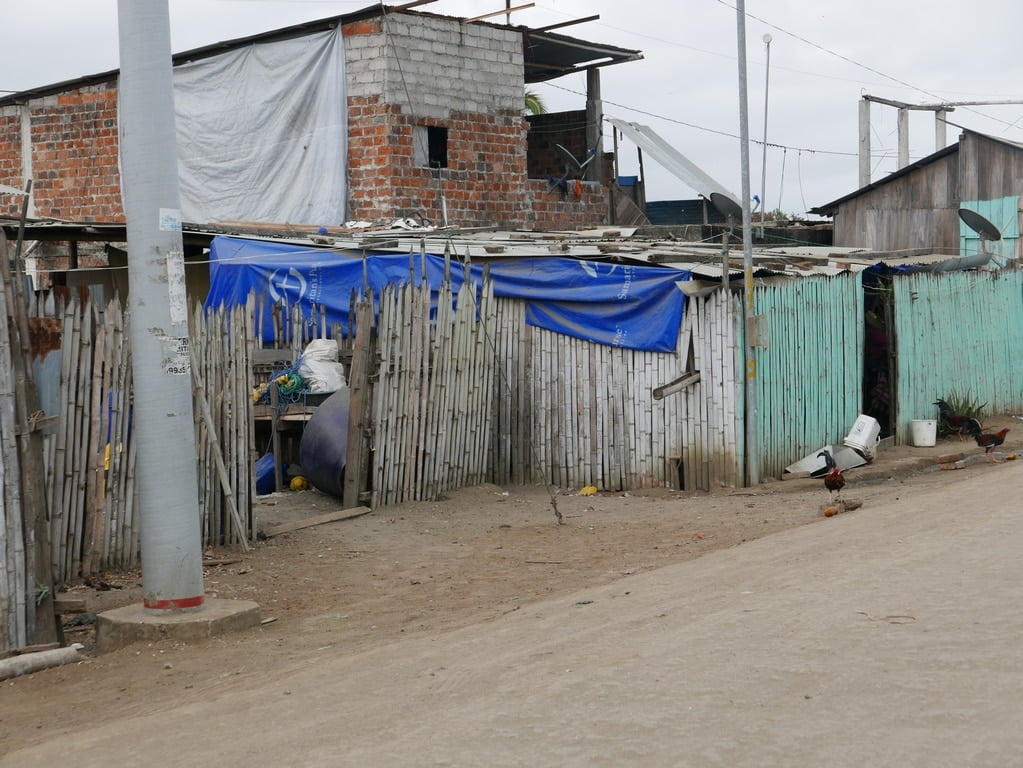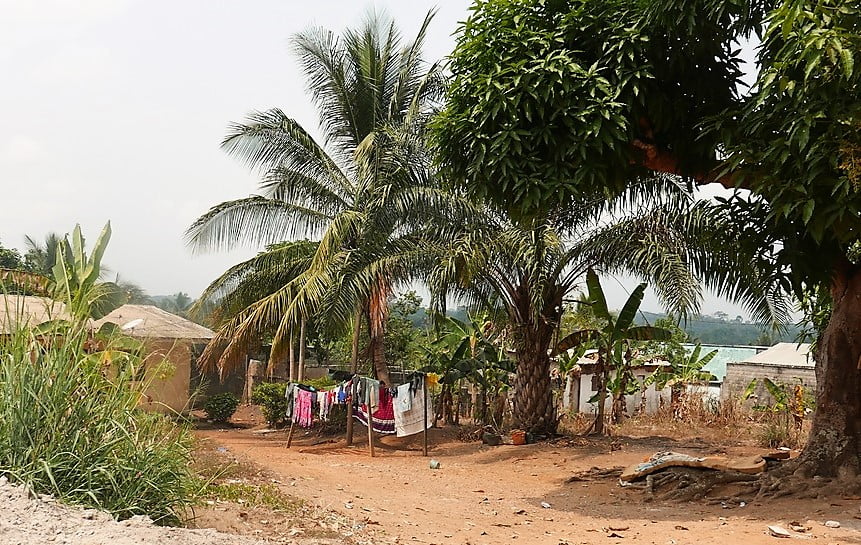
CAMBODIA, Ratanakiri: Solar energy and hand pump: initiatives for a more sustainable future in Ratanakiri
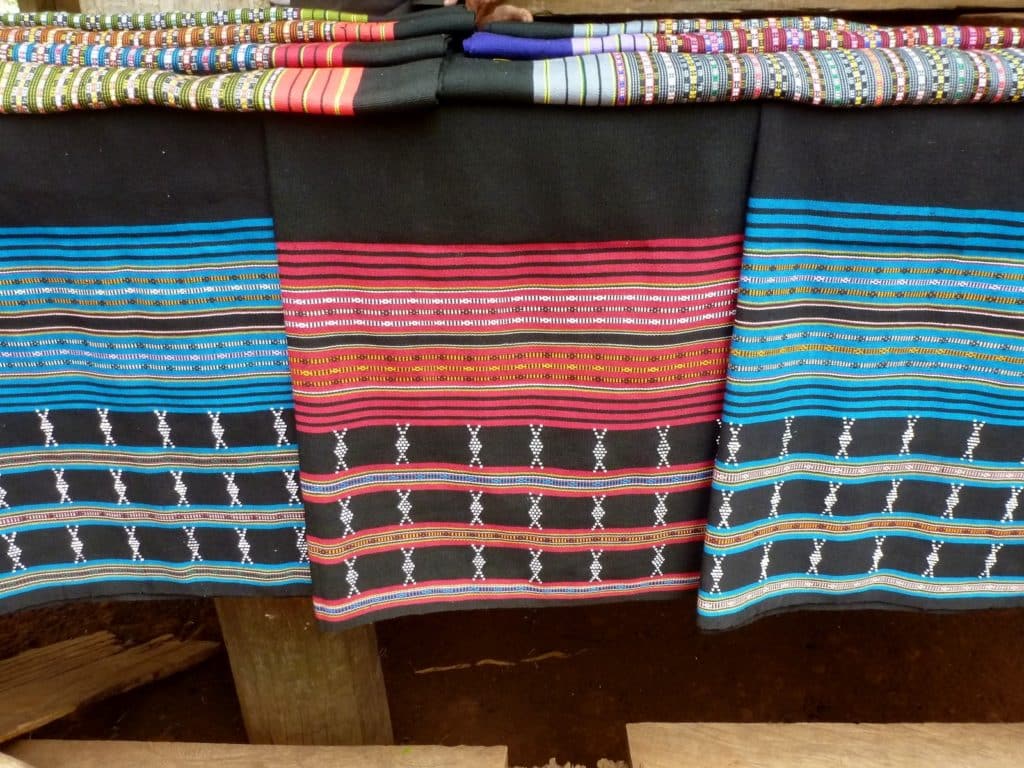
COMMUNITY
-
BUDGET
CHF 7'800.--
PLANNING & IMPLEMENTATION TIMESCALE
2015
BENEFICIARIES
50
COMPLETED PROJECT
Ratanakiri
OUTLINE
Actions to transform Ratanakiri, an isolated region of Cambodia
Between mountains and isolation, a portrait of an underdeveloped region
Ratanakiri, situated in northeastern Cambodia, remains a region primarily inhabited by mountain people. Due to its geographical isolation, it remains one of the least developed areas in the country, with limited infrastructure and local authorities with limited powers.
The indigenous population of Taveng, for the most part dependent on subsistence farming, practises techniques such as slash and burn agriculture and shifting cultivation. Over time, numerous families have turned towards commercial agriculture, specialising in cashew nuts, mangoes, bananas and rubber.
Read more
Agricultural challenges: wild boars, insects and birds
However, the region faces a major challenge with the presence of massive wild boars which can destroy whole fields in only thirty minutes, completely ruining the work of a harvest season. The farmers also have to deal with nuisances such as insects and birds, especially parrots. This has driven numerous farmers to take up residence in their fields during the growing season, carefully keeping a check on their crops to keep intruders at bay.
Improvement initiatives: solar electric fences and hand water pump
Although electricity has not yet reached Taveng, the inhabitants are taking initiatives to improve their living conditions. In March 2015, during a visit to Cambodia, the ADED organisation took the decision to offer support to the region by cofinancing a solar electrically fenced enclosure to protect the banana trees. In addition, ADED made a financial contribution to a hand water pump installed as part of the well.
The technique of manual well digging, mastered by the local population, reaches a depth, on average, of about 15 metres. It is important to underline that a version of the rope pump, less complex and more durable than the one proposed by ADED, was already known in the region. These initiatives are predicated on the notion of improving the living conditions of the population of Taveng and the strengthening of their resilience in the face of the local challenges.
ACHIEVEMENTS
- CROP PROTECTION: Successfully installed a solar electric fence to prevent damage from wild boars, thereby preserving crops and farmers’ livelihoods.
- IMPROVING ACCESS TO WATER: Financing a hand water pump to facilitate daily water supply, reducing the associated workload and strengthening the sustainability of agricultural practices.
- ENCOURAGING SUSTAINABLE AGRICULTURAL PRACTICES: Support for the transition towards more sustainable agricultural methods by reducing the dependency of slash and burn agriculture and minimising losses of harvests thanks to electrified, fenced in land enclosures.
- STRENGTHENING COMMUNITY RESILIENCE: Strengthening community resilience: these are initiatives that prioritise local cooperation and tailored solutions to strengthen the community’s capacity to address local challenges autonomously.
-
UTILISATION DE TECHNOLOGIES ADAPTÉES :
Introduction de technologies appropriées, comme la clôture électrique solaire et la pompe à eau manuelle, démontrant l'efficacité des solutions adaptées au contexte local et l'utilisation de techniques déjà maîtrisées par la population locale.

